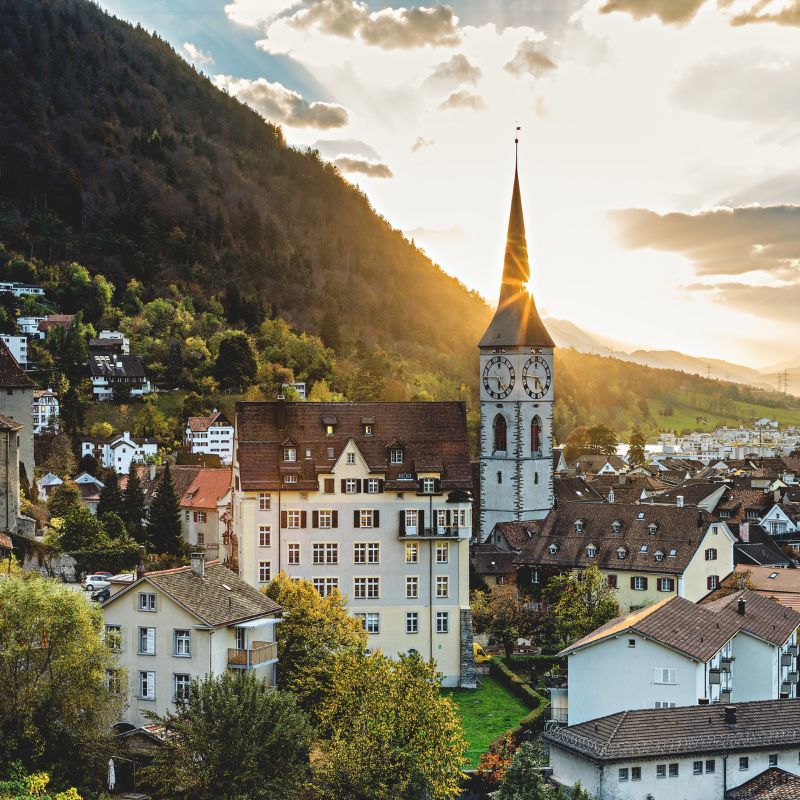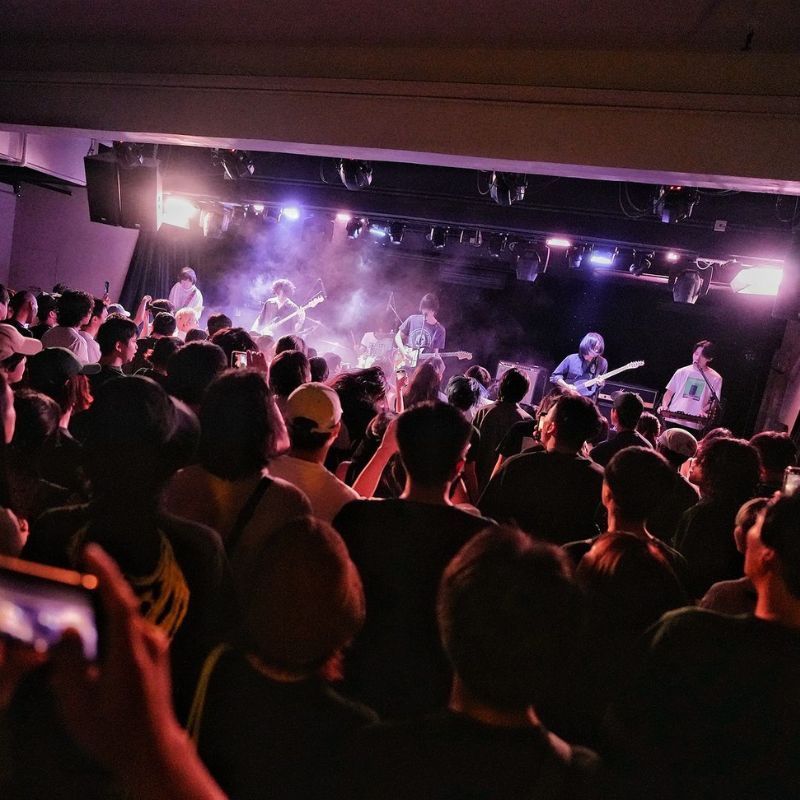
Located in the easternmost peninsula of the continent, the Horn of Africa, Gondar served as Ethiopia’s capital from 1632 to 1855. Today, it is full of magnificent monuments. By Anurag Mallick and Priya Ganapathy
It made no sense. Why on earth should a hotel in Northern Ethiopia be called Florida? “It’s an acronym for the owner’s family members—Fatima, Lola, Omar, Redwan, Iyman, Dawit, and Apabu, the owner,” the manager explained conspiratorially. Florida International would serve as our base to explore Gondar, and its name would prove to be the smallest of the surprises the historic city would throw at us.
It was May 2019—before the pandemic changed the world as we knew it—and after an eventful trip to Zambia, we were making a stopover in Ethiopia on the way back to India. Our articulate guide Charlie, an MA in Social Anthropology from the University of Gondar, met us outside the town’s centrepiece Fasil Ghebbi, inscribed as a UNESCO World Heritage Site in 1979. The royal enclosure housed the only castle in Sub-Saharan Africa, earning Gondar the label ‘Camelot of Africa’. Until the 16th century, Ethiopia’s Solomonic emperors had no fixed capital but lived in royal tented camps. They spent the rainy season near Lake Tana, and the encampments at Emfraz, Ayba, and Gorgora flourished into towns.

For centuries, Orthodox Christians held sway over Ethiopia, but in the late 1500s, they lost to the Somali Adal Sultanate. To aid the beleaguered Ethiopians, explorer Vasco da Gama’s son, Christopher, took 400 musketeers from Goa to Massawa and marched via Eritrea to Gorgora. Under Portuguese influence, Susenyos, the king of Ethiopia, accepted Catholicism as the state religion. After the Orthodox Christians defeated the Muslims, Susenyos’s son, Fasilides, came to power. But lakeside Gorgora was ravaged by malaria, so in 1635, King Fasilides decided to create his first stable capital at Gondar, 35 kilometres north of Lake Tana in the Ethiopian highlands.

According to Amharic traditions, a buffalo led the emperor to a pool beside River Angreb where an old hermit advised him to establish his capital. Folklore apart, the location was of strategic importance. Situated between two rivers and fortified by seven mountains, it was close to ports like Sudan and Massawa and lay at the centre of caravan trade routes to Egypt, Yemen, the Middle East, and Timbuktu. An altitude of 2,260 metres gave it a bracing climate. The city was called Gon-dar or ‘main town’.

Fasilides had the pool filled, built a castle and two churches—Fit Mikael and Fit Abbo—as an offering to end epidemics.
“Architecture, like music, is a universal language,” said Charlie profoundly, leading us through the royal complex. It was astonishing to see different styles—Indo-Portuguese designs, Mughal arches, the Star of David, Moorish and Berber influences—all fused into Gondarine Ethiopian architecture. Red volcanic tuff was used for construction, and the balconies and doors were made of ebony. The corner turrets had three windows; each opened to a view of a different church. Local women in headscarves, and couples and families in matching attire posed for pictures. At 32 metres, Fasilides’s three-storeyed castle towered above all the other structures. Surrounded by a one-kilometre-long wall, the complex could be accessed by 12 monumental gates.
The third palace in Fasil Compound, Joshua/Iyasu Palace is fondly known as ‘Saddle on Horseback’ and resembles a saddle—to highlight the emperor’s horsemanship. A veteran of 11 battles and an avid tax collector, Iyasu extended his boundaries to Egypt, Yemen, and Sudan, and decorated his castle with ivory, Venetian mirrors, cedar, and a ceiling covered in gold leaf and precious stones. Here, Charlie confided, “The British bombed the arch roof during WWII but conveniently blame it on an earthquake.”

Walking past a library, horse stables, Fasilides’s archive where royal parchments are stored, and Dawit’s and Bakaffa’s palaces in the royal enclosure, we reached Mentewab’s Castle. The 18th-century Ethiopian empress was Emperor Bakaffa’s consort. We were informed that her name meant ‘You’re so beautiful’, and she reputedly won a beauty contest—although she was the only participant! Each monument of Gondar held a remarkable story. Some held more than stories. Until 1991, the lion cages in the rear compound held black-maned Abyssinian lions: symbols of power.
For over two centuries, Gondar served as the capital of the Ethiopian Empire—until Tewodros II was crowned emperor in 1855 and he moved the imperial capital to Magadala. Hailed as ‘Hero of the Millennium’, Tewodros II’s statue stands armed with a forked spear, shield, and sword at Gondar’s main roundabout, the Atse Tewodros Square. When we visited the site, familiar looking blue and white Bajaj autos scurried around like serfs carrying out royal missives. Gondar was ravaged several times during the civil war, twice by Sudanese invaders, and occupied by Italy in 1936. That’s why the Downtown area and main piazza bear Italian influences. During WWII, six months after Addis Ababa fell to British forces, Mussolini’s armies made their last stand at Gondar in November 1941.
Gondar once had 44 churches but few survive today: Takla Haymanot Church, Church of St Michael, the ruins of Azezo Jesuit Mission, and the Debre Birhan Selassie Church. Legend has it that a swarm of bees saved the latter from marauding Sudanese armies. Built by Emperor Iyasu in 1682, it possesses exquisite murals. Most Ethiopian churches are circular; but this one has a rectangular front and semi-circular back, symbolic of Noah’s Ark. The 12 towers around the church represent the 12 Apostles.

Gondar’s other attraction is the mid-17th century Fasilides Bath, a rectangular pool with a central two-storeyed summer palace. Larger than an Olympic pool, it was built to facilitate mass baptism and reconversion to Orthodox Christianity. Every January, it is the site of Timkat (Ethiopian Epiphany), commemorating the baptism of Jesus in River Jordan. Water is channelled into the pool through an aqueduct from a river, and thousands of pilgrims take holy dips and renew their baptismal promises. The rest of the year, it lies parched and forlorn, the gnarled roots of ancient badian trees lining the perimeter. During the feast, an unusual matchmaking ceremony takes place—eligible bachelors throw lemons at prospective brides; if they catch, pick, or smell it, it means they are interested. Charlie told us he once threw 60 lemons; he’s still a bachelor.


Our explorations made us ravenous, so we hurried to a widely advertised diner, The Four Sisters Restaurant. A friendly chap poured us some tej (honey wine), while women with kohl-rimmed eyes served Ethiopian coffee and unveiled the ‘national dish’.
Think of it as an Ethiopian thali with small portions of lamb tibs (sautéed meat strips), shiro (chickpea stew), kitfo (raw minced beef), beef sauce, and lentils and vegetables served on injera (sourdough flatbread) made of super grain teff. We washed it down with local beers like Habesha and Dashen, named after Ethiopia’s highest peak: Ras Dashen (4,550 metres).


As we departed Gondar, we promised to return for a longer Ethiopian experience—and more than a dash of Dashen!
Getting There
Fly to Bole International Airport in Addis Ababa from Mumbai (five hours) or Delhi (seven hours), and catch a domestic Ethiopian Airlines flight to Atse Tewodros Airport in Gondar, 17 kilometres south of town.
Stay
Florida International Hotel, Gondar is a comfortable hotel with a pool and is located close to the Lake Tana jetty. From INR 2,500
Tours
Ethio Travel & Tours (ETT) is an Addis Ababa-based tour company with local tie-ups. They customise trips across Ethiopia, from Danakil Depression to Omo Valley.
Related: Through The Lens: Meet The Tribes Of Ethiopia’s Omo Valley










